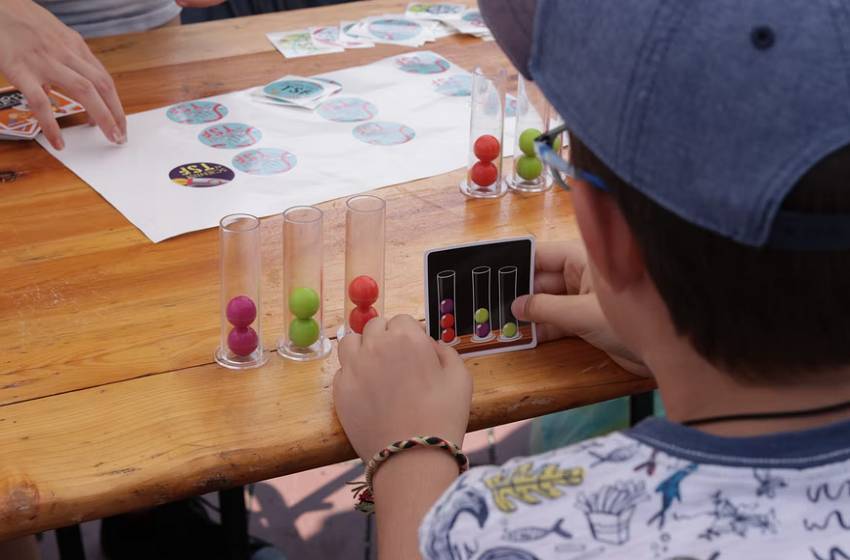Science Projects – Things To Be Kept In Mind

Science Projects are no less than scientific investigation where a particular statement or idea is taken into consideration and efforts are made to prove the effectiveness of the statement and to determine the level of truth associated with it. Presenting a science project requires more than simply placing some components together to achieve the desired results. For your project to be exclusive, you need to follow a structured methodology. Right from the start, the project should be prepared while keeping the final presentation in mind. The steps to achieving success in proving a scientific notion are as stated below:
Step 1: State the problem at hand
The explanation of a problem should not just be related to the subject theoretically but it should also hold some reference to the current state of practical applications. The statement is more effective when forwarded as a question. This leaves the audience wondering about some real-time outcomes as practical implementation is stringed with it.
Step 2: Research in great depth
Suggesting a topic in front of the audience with no background research is not an effective way to present your efforts. Briefing about an introduction and probably about the evolution of certain phenomena in hand is quite important for ensuring that the audience holds interest in your procedures and findings.
Step 3: Presentation of a hypothesis
Acquainting the audience with the possibilities and predicting the results of the experiment in hand are some effective ways of keeping the demonstration of your project lively. The possible questions where the results can be deviated should also be laid clearly in the hypothesis.
Step 4: Complete list of equipment
Science experiments and projects are generally accompanied with various components. This can be of help in the long run as it can make your final presentation interactive. The spectators can put forward certain questions about the usage of certain components and you can have a chance to explain this to them in detail. However, it is also important to keep yourself prepared for some unexpected questions. So, analyze all possible scenarios before jumping before the spectators.
Step 5: Procedure of the experiment
Science projects are crucial undertakings and care needs to be taken that the recommended settings are followed in a proper manner. The best way to clearly understand the process is to define it through a flow chart with the essential points placed next to the entities so as to avoid missing out on the minutest details.
Step 6: Presentation of the final result
Closure is another important step and perhaps the one that can seek you the greatest benefit. The end results should not only be explained in details while collecting facts from the various observations but they should also be drafted in a short summary. This summary can include some interesting points covered in the project.
Step 7: Conclusion of the project experiment
This one liner should be something impressive. This is not the time when you should simply talk about the problem but you should also equally focus on relating it to the solution of various practical problems. Moreover, the scope of future deployment of the project findings in various practical domains should be discussed. Ultimately, the goal of this project should be to get the users thinking on a certain idea and nothing can be better than relating it to some real-time implementation.





